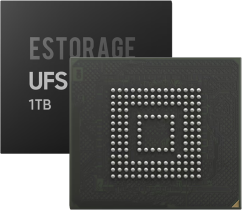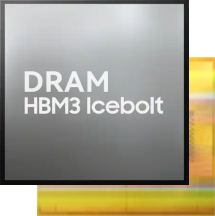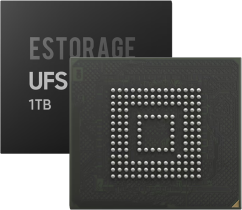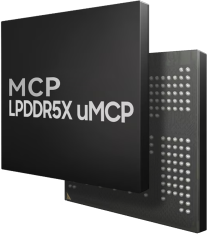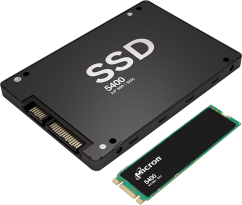The Qualcomm QPM6585 is a Power Amplifier (PA) designed for 5G and 4G LTE applications, with a focus on sub-6 GHz frequencies. It is part of Qualcomm's line of high-performance power amplifiers designed to offer high efficiency, linear power output, and low power consumption for Mobile Devices and Wireless Communication systems. This IC is optimized for 5G NR (New Radio) and 4G LTE connectivity, and is typically used in smartphones, tablets, and mobile hotspots.
If you're looking for equivalent ICs to the Qualcomm QPM6585, you will need to find power amplifiers that provide high efficiency, support for sub-6 GHz 5G and 4G LTE, and optimized performance for mobile wireless communication systems.
Equivalent ICs to the Qualcomm QPM6585:
Here are some potential alternatives from other manufacturers that offer similar power amplifier solutions for 5G and 4G LTE applications:
1. Broadcom
Broadcom offers RF solutions for 5G and LTE, including power amplifiers for sub-6 GHz frequencies.
Broadcom BCM55310: This is a 5G and 4G LTE power amplifier designed for sub-6 GHz applications. It provides high efficiency and low power consumption while offering excellent linearity for mobile devices and communication systems.
Broadcom BCM55518: A sub-6 GHz 5G power amplifier supporting both LTE and 5G NR standards. It offers high output power, low distortion, and linear performance for mobile devices.
Broadcom BCM56300: A multi-band power amplifier designed to support sub-6 GHz 5G and LTE. It offers excellent efficiency, low power consumption, and high-performance amplification for mobile communication.
2. Skyworks Solutions
Skyworks provides 5G and 4G LTE power amplifiers that target sub-6 GHz and mid-band frequencies.
Skyworks SKY85712: A 5G power amplifier designed for sub-6 GHz applications, supporting LTE and 5G NR. It provides high linearity and high efficiency for smartphones and mobile devices.
Skyworks SKY85731: This is a 5G power amplifier for sub-6 GHz bands, offering low distortion, high power output, and efficiency. It supports LTE and 5G NR protocols for mobile communication.
Skyworks SKY5xx Series: This series includes multiple power amplifiers designed to work with sub-6 GHz 5G and LTE frequencies. These chips offer high output power, low noise, and high efficiency, making them suitable for mobile devices and infrastructure equipment.
3. Qorvo
Qorvo is a major player in RF solutions and power amplifiers for 5G and 4G LTE.
Qorvo QPB7118: A 5G power amplifier that supports sub-6 GHz frequencies for 5G NR and 4G LTE applications. It delivers high efficiency, linear performance, and low power consumption for mobile devices.
Qorvo QPA1734: A multi-band power amplifier supporting sub-6 GHz and mid-band frequencies for 5G NR and LTE. It offers excellent linearity, high efficiency, and is widely used in smartphones and other mobile devices.
Qorvo QPB1713: This is another 5G power amplifier for sub-6 GHz frequencies, supporting LTE and 5G NR protocols. It is designed for high output power and efficient amplification for mobile communication.
4. Murata Manufacturing
Murata offers power amplifiers that target 5G and 4G LTE applications.
Murata PAM-35: A 5G power amplifier supporting sub-6 GHz frequencies, optimized for mobile devices. It offers high efficiency, linear power, and is designed to meet the needs of 5G NR applications.
Murata PAM-16: This power amplifier supports both 4G LTE and 5G sub-6 GHz bands, offering high efficiency and low distortion for mobile communication devices.
5. STMicroelectronics
STMicroelectronics provides 5G and LTE power amplifiers for mobile devices and wireless infrastructure.
STMicroelectronics STB-0524: A 5G power amplifier optimized for sub-6 GHz frequencies. It offers high efficiency, linear output, and low noise performance for mobile devices.
STMicroelectronics STB-0512: A multi-band power amplifier designed to support both 4G LTE and 5G applications in sub-6 GHz frequencies. It provides high power output and efficiency.
6. NXP Semiconductors
NXP also provides 5G power amplifiers for sub-6 GHz and 4G LTE frequencies.
NXP TFA9899: A 5G power amplifier designed for sub-6 GHz and mid-band frequencies, offering high efficiency and linear amplification for mobile devices.
NXP BLP11M4: A multi-band power amplifier supporting both 4G LTE and 5G applications. It is designed for sub-6 GHz and mid-band frequencies, with high efficiency and low power consumption.
7. Analog Devices
Analog Devices offers RF power amplifiers for 5G and 4G LTE applications.
Analog Devices ADPA1502: A 5G power amplifier for sub-6 GHz frequencies, providing low distortion, high efficiency, and excellent linearity for mobile communication systems.
Analog Devices ADP-57A: A multi-band power amplifier supporting LTE and 5G sub-6 GHz frequencies, optimized for mobile devices and wireless infrastructure.
Key Features to Compare:
When selecting an equivalent to the Qualcomm QPM6585, you should consider the following features:
Frequency Range: Make sure the power amplifier supports sub-6 GHz for 5G NR and 4G LTE applications.
Efficiency: Look for high efficiency to reduce power consumption, especially in mobile devices.
Linearity: Choose a PA with linear output for optimal signal quality and reduced distortion.
Output Power: Ensure the PA can provide sufficient output power for your application, especially for 5G and LTE communication.
Thermal Performance: Consider thermal efficiency, as power amplifiers can generate heat that must be managed to ensure device reliability.
Size: For mobile devices, size is crucial, so look for compact power amplifier solutions that still provide high performance.
Conclusion:
The Qualcomm QPM6585 is a 5G and 4G LTE power amplifier optimized for sub-6 GHz frequencies, offering high efficiency and linear amplification. Equivalent power amplifiers include:
Broadcom BCM55310, BCM55518, BCM56300.
Skyworks SKY85712, SKY85731, Sky5xx Series.
Qorvo QPB7118, QPA1734, QPB1713.
Murata PAM-35, PAM-16.
STMicroelectronics STB-0524, STB-0512.
NXP TFA9899, BLP11M4.
Analog Devices ADPA1502, ADP-57A.
These alternatives provide similar capabilities, supporting sub-6 GHz 5G and 4G LTE with high power efficiency, linear amplification, and low distortion for mobile communication systems. The specific choice will depend on the target device requirements and the exact performance needs, such as power output, thermal management, and integration features.
Other
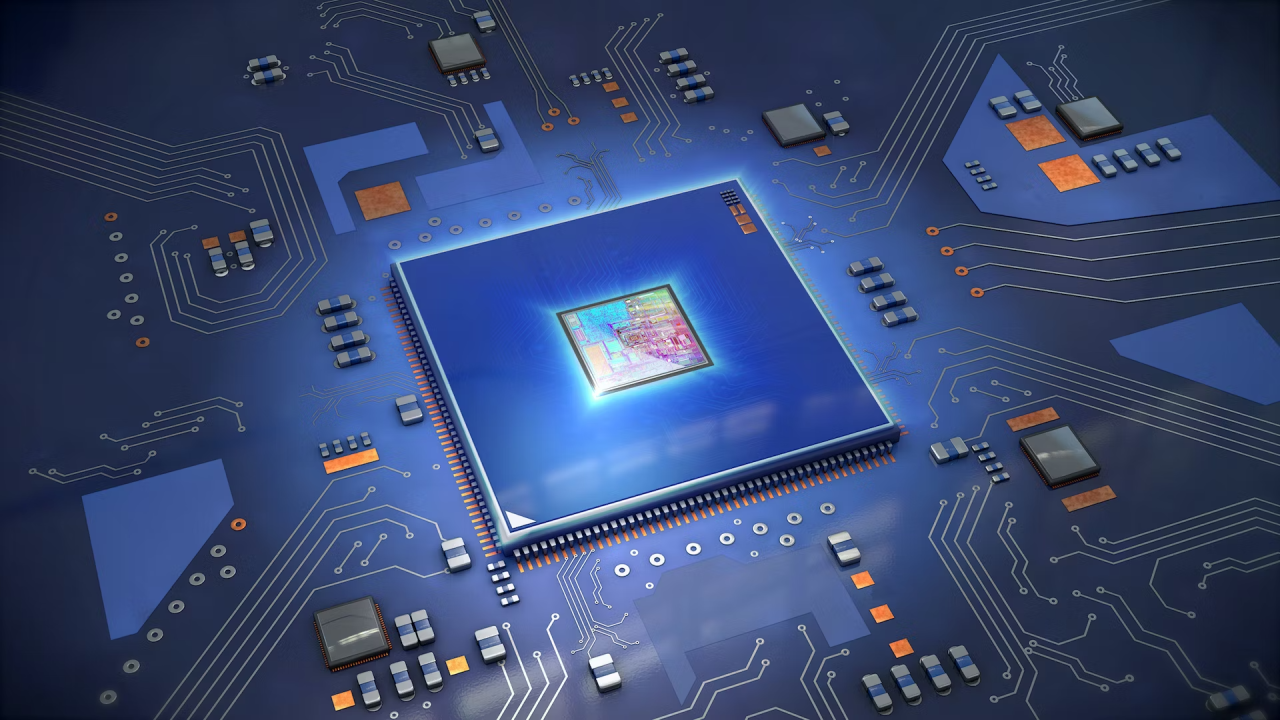
What is HBM (High Bandwidth Memory)?
2024.09.05
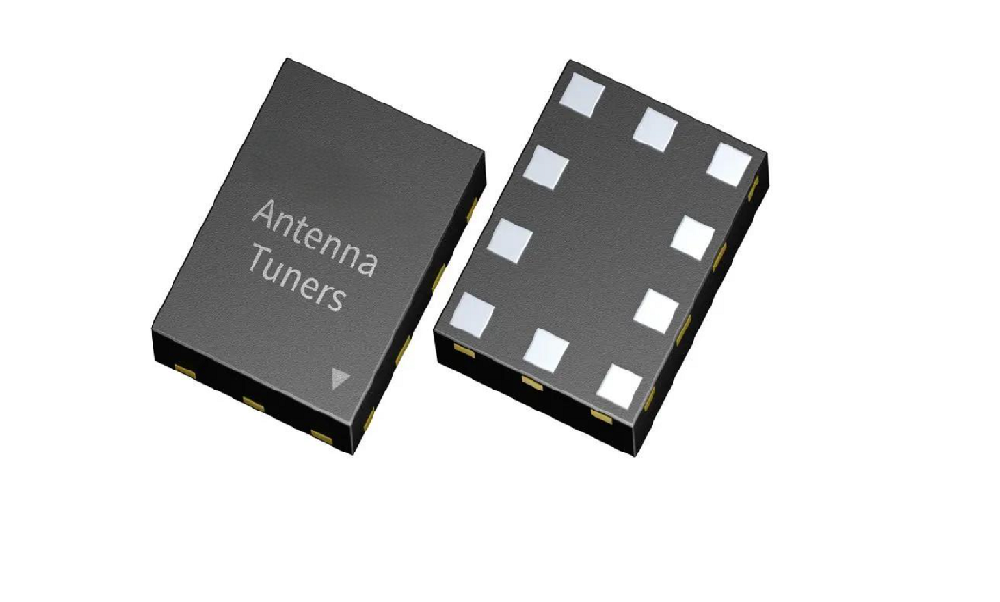
What is Antenna Tuner IC?
2024.09.20

What’s the Difference between LPDDR and DDR?
2024.09.25
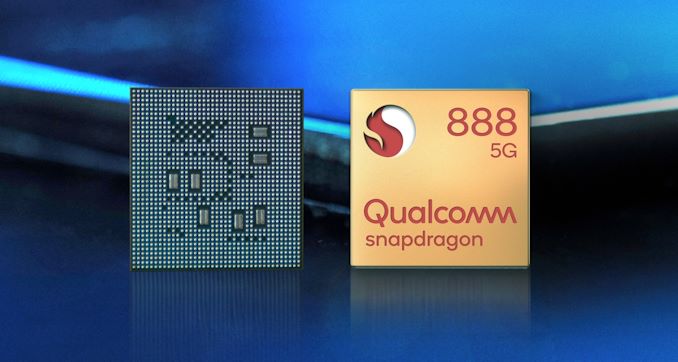
Snapdragon 888 5G Mobile Platform
2024.09.26

What is WiFi 6E?
2024.09.26
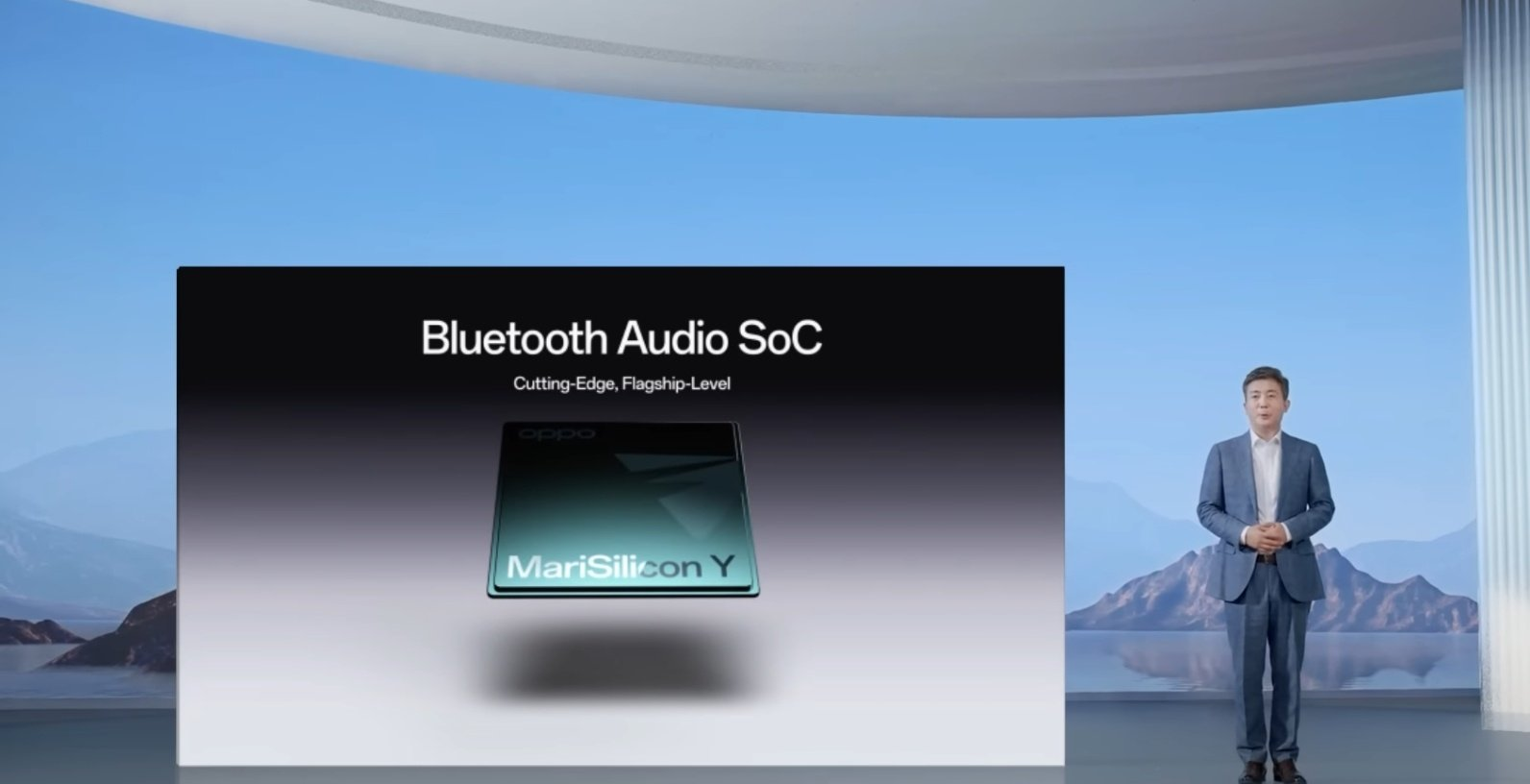
What is Bluetooth Audio SoC?
2024.09.26
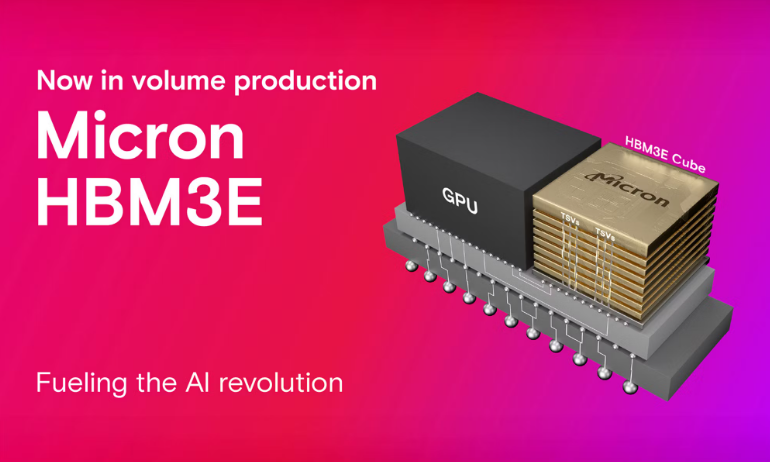
What's HBM3E (High Bandwidth Memory 3)?
2024.09.26

What is an Audio Codec?
2024.10.09

